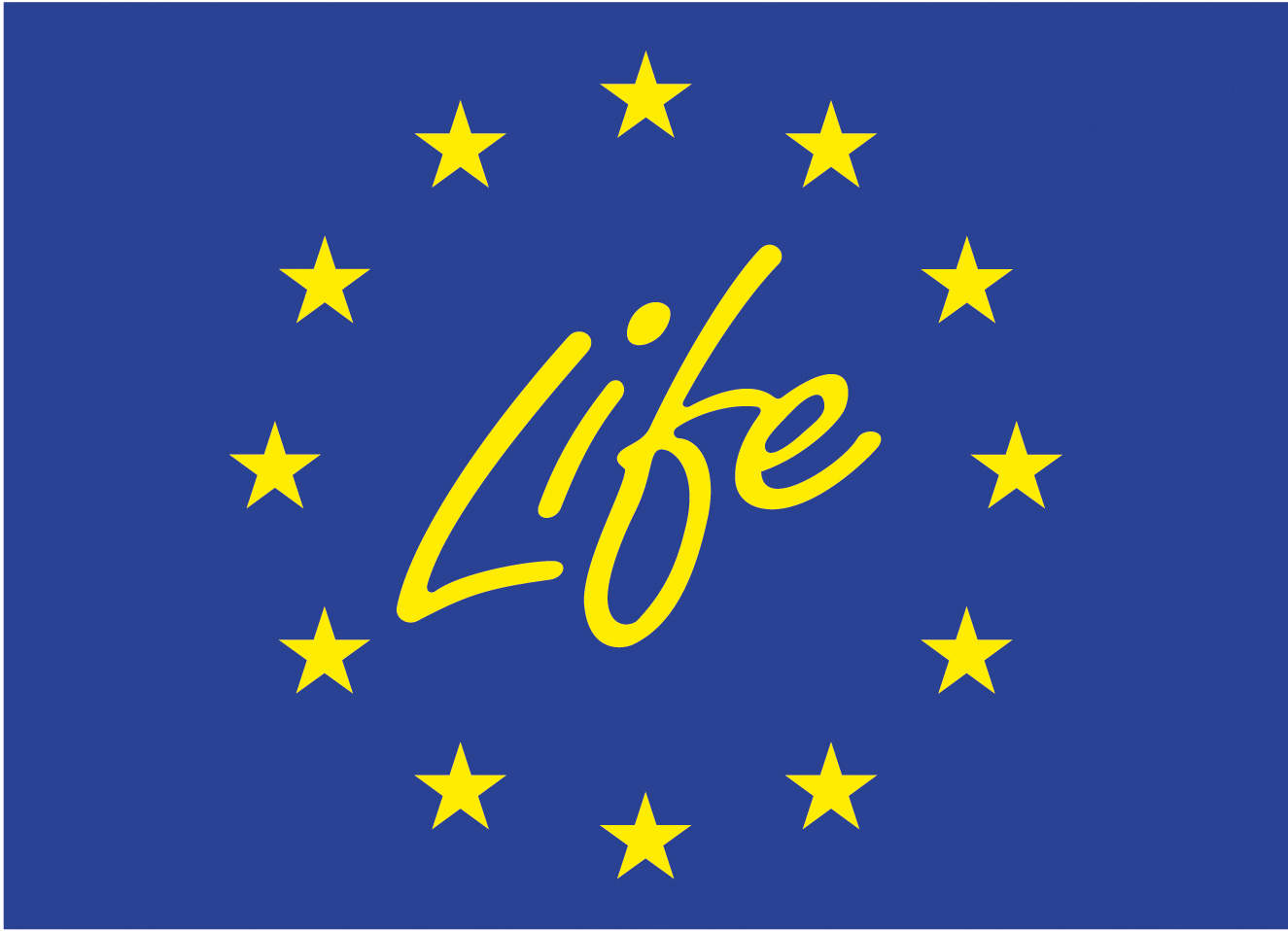What the Global Biodiversity Framework means for agriculture
Two years later than initially planned, due to the COVID-19 pandemic, world leaders adopted the Kunming-Montreal Global Biodiversity Framework (GBF). It was agreed upon at the UN Biodiversity conference held in Montreal, Canada from 7-19 December, chaired by China. The framework includes four goals and 23 targets and commits the world to halting and reversing biodiversity loss by 2030.
The key targets for 2030 of the GBF are:
- Effective conservation and management of at least 30% of the world’s land, freshwater and oceans;
- Effective restoration on at least 30% of degraded terrestrial, inland waters, and coastal and marine ecosystems;
- Reduce the loss of areas of high biodiversity importance, including ecosystems of high ecological integrity, to near zero, while respecting the rights of Indigenous Peoples and local communities.
Agriculture in the biodiversity agreement
Even though many targets directly or indirectly concern agriculture, Target 10 specifically addresses agriculture and reads the following: “Ensure that areas under agriculture, aquaculture, fisheries and forestry are managed sustainably, in particular through the sustainable use of biodiversity, including through a substantial increase of the application of biodiversity friendly practices, such as sustainable intensification, agroecological and other innovative approaches contributing to the resilience and long-term efficiency and productivity of these production systems and to food security, conserving and restoring biodiversity and maintaining nature’s contributions to people, including ecosystem functions and services.”
Another key aspect is the target on the reduction by half of excess nutrients, through more efficient nutrient cycling and use and reducing the overall risk posed by pesticides and highly hazardous chemicals by half as well, including through integrated pest management.
Furthermore, the framework addresses the need to ensure that people are enabled to make sustainable consumption choices. It includes a target to cut global food waste in half and significantly reduce over consumption and waste generation.
It also includes a target on the implementation of biosafety measures in all countries to regulate, manage or control risks associated with the us and release of GMOs with likely adverse environmental impacts.
What does the future hold for the EU?
It is essential that countries now translate these goals into national actions and update their national plans and biodiversity strategies to deliver on the Kunming-Montreal Agreement. Only this way can we achieve the global targets to halt and reverse biodiversity loss by 2030. This is also especially important given that EU Member States are trying to delay the urgently needed EU Pesticide Regulation (SUR) which aims to reduce the use of pesticides in the EU. EU and national policies need to deliver on the agreed global goals.
For more information on biodiversity and IFOAM Organics Europe’s work on this issue, please visit our website and contact [email protected]. Do note that we prioritise our members’ requests.
IFOAM Organics Europe members can find more information on the member extranet and background materials in the arguments database on the member extranet (main messages, arguments/FAQs, visuals & videos). Contact [email protected] for access rights (issues).
For information about what you can gain from being a member, read our membership page and contact [email protected].

The work of IFOAM Organics Europe on this topic is co-financed by the LIFE programme of the European Union, under the Climate, Infrastructure and Environment Executive Agency (CINEA). This page only reflects the views of the authors and its sole responsibility lies with IFOAM Organics Europe. The CINEA is not responsible for any use that may be made of the information provided.

